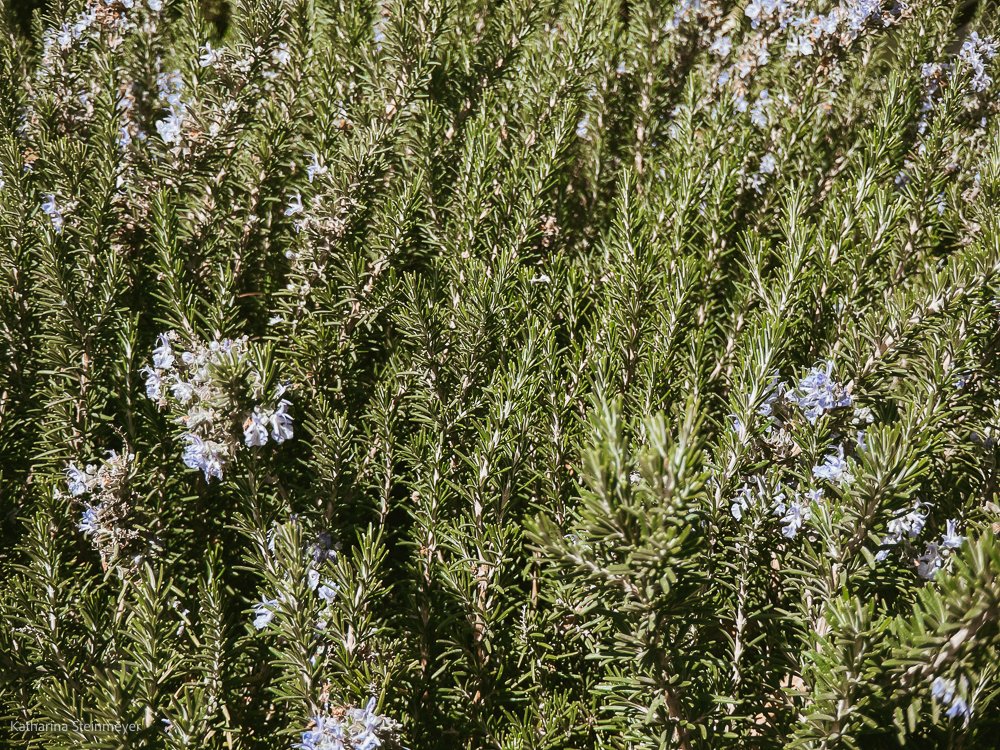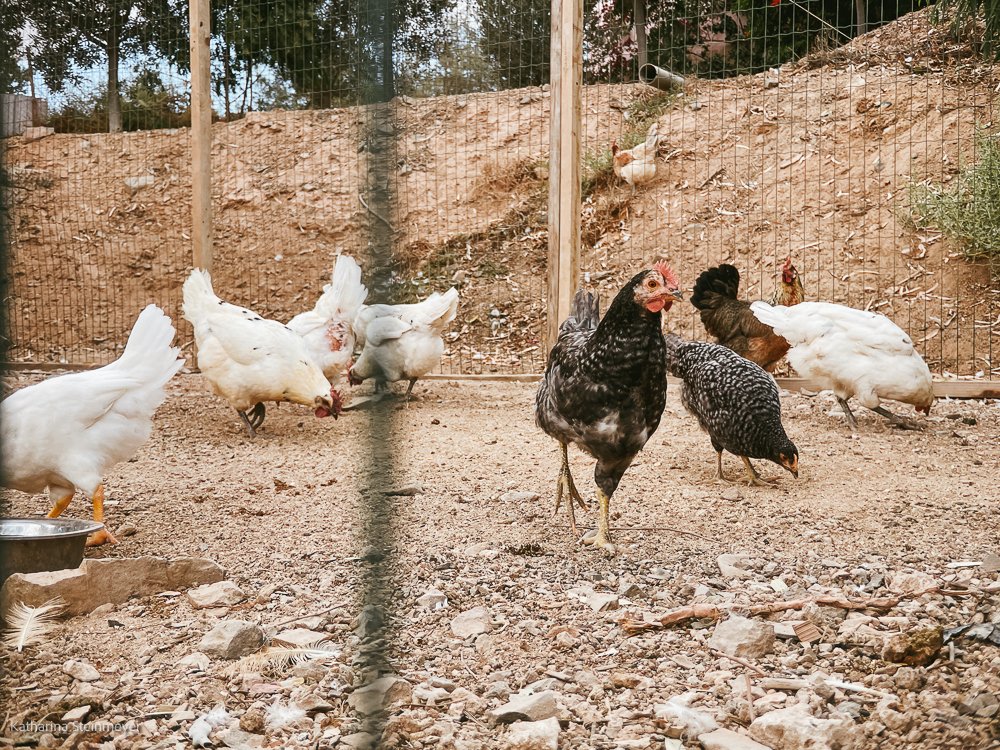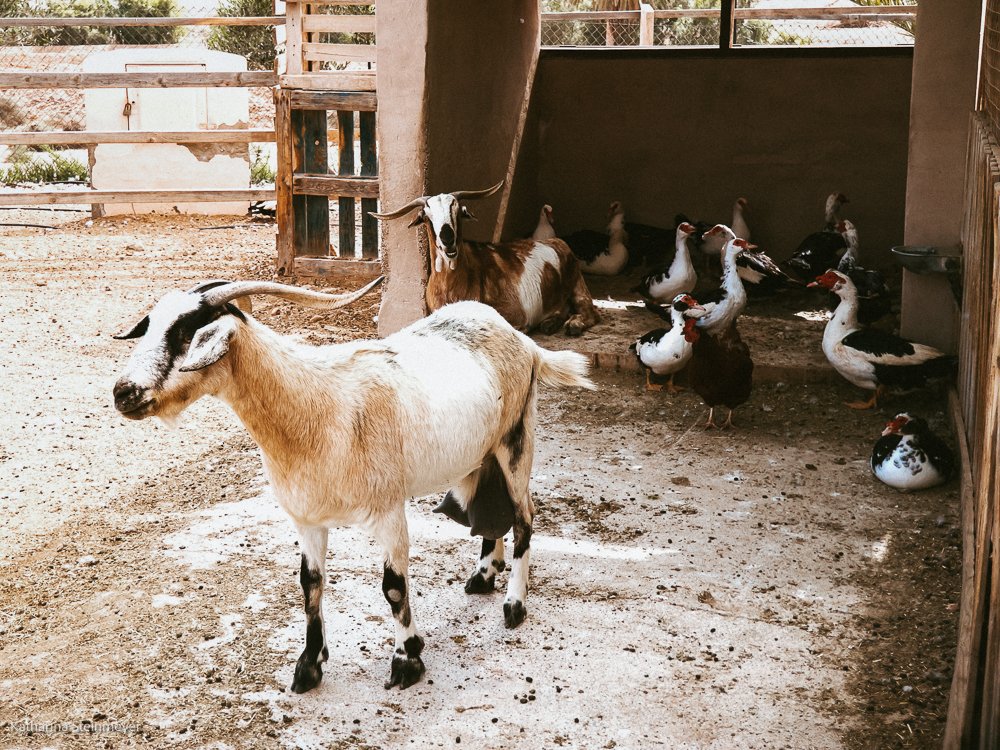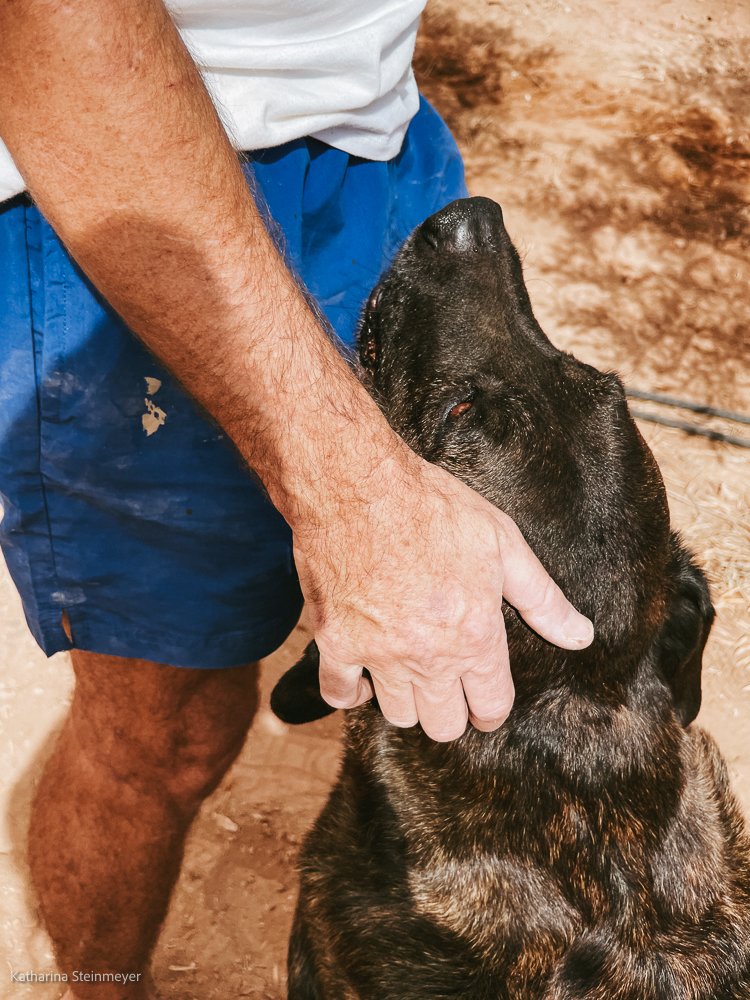
The finca
We moved to Fuerteventura in October 2011. After several months of searching we finally found and purchased our new home in August 2012.
The house had been unoccupied for about 6 years, was full of dust and the surrounding land barren. Three young palms were just clinging on to life. The ancient date palms in the gavia were suffering through a lack of water congested with dead leaves.
Having spent all his life working in horticulture, Adrian felt it was time for a career change and initially had no intention of doing more with the land other than some limited planting around the house to give some shelter from the wind and shade from the sun. Finca Soliviento – which translates as “farm of the sun and wind”, came to mind one day and we started to look at options of what we might grow.
We looked at the possibility of growing many different exotic fruits and vegetables but the only one that seemed to be viable in the harsh climatic conditions was olives.
The olive trees
We first needed to know if olives would thrive here, so we planted 50 one-year-old Picual olive trees. They established well and in 2016, we planted 750 more, mostly of the varieties Arbequina, Picual and Hojiblanca.
The idea behind this mix of varieties is that they will flower and fruit at slightly different times. Successful flowering and hence a good crop of olives, normally takes place during February and March and is dependent upon having a relatively cool winter. Olive trees require a certain degree of chilling during the winter months if they are to produce flowers. They also have a tendency to biennial bearing so they crop well one year and lightly the next.
Our furry and feathery friends
We had only been in Fuerteventura a few weeks when we found a tiny puppy with enormous paws. We called him Shadow. He´s now a 55kg gentle giant. The next two dogs, Pickle and Ratty, came in quick succession having been found abandoned in a local industrial estate. Our latest member of the family is Capitán Morgan, aka Camo, a one-eyed adoptee (from Bardinos SOS).
Of course, you can´t live on a farm without cats. And we have four. Charlie, a Siamese came with us from Ireland, we adopted Ruby and Lily from a cat shelter and Rocky found us.
Our first goat, Patchy, was a present from a neighbour! We didn´t want him to be lonely so Dusty and Sparkle arrived as 3-week-old babies that we bottle fed day and night for weeks. And then there´s the sheep, chickens and ducks. Oops… we nearly forgot the fish.








